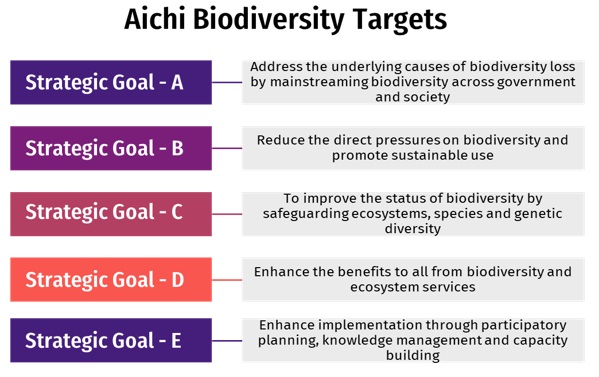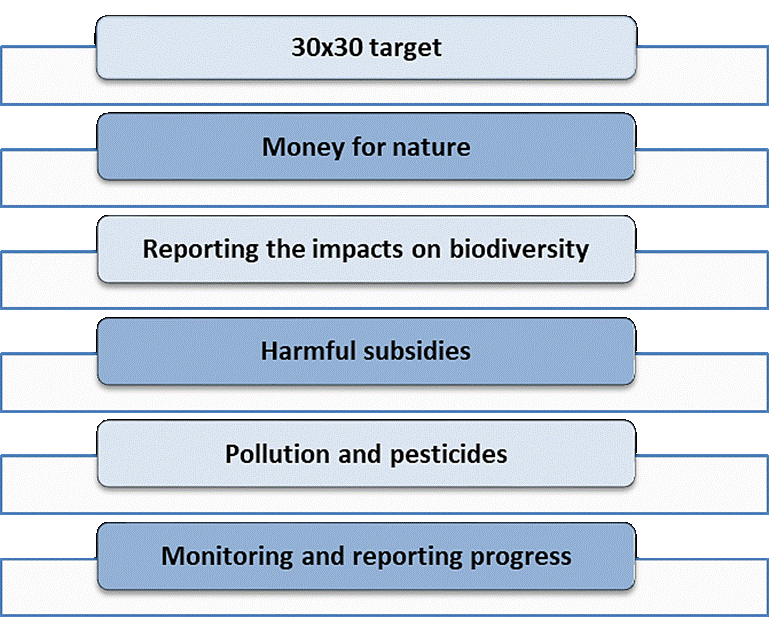7667766266
enquiry@shankarias.in
The UN Biodiversity Conference (COP 15) has concluded in Montreal, Canada, promising to take urgent action to protect and restore the world’s biodiversity that inhabit this planet.
To know about UNFCCC COP 27, click here

Kunming Declaration


References